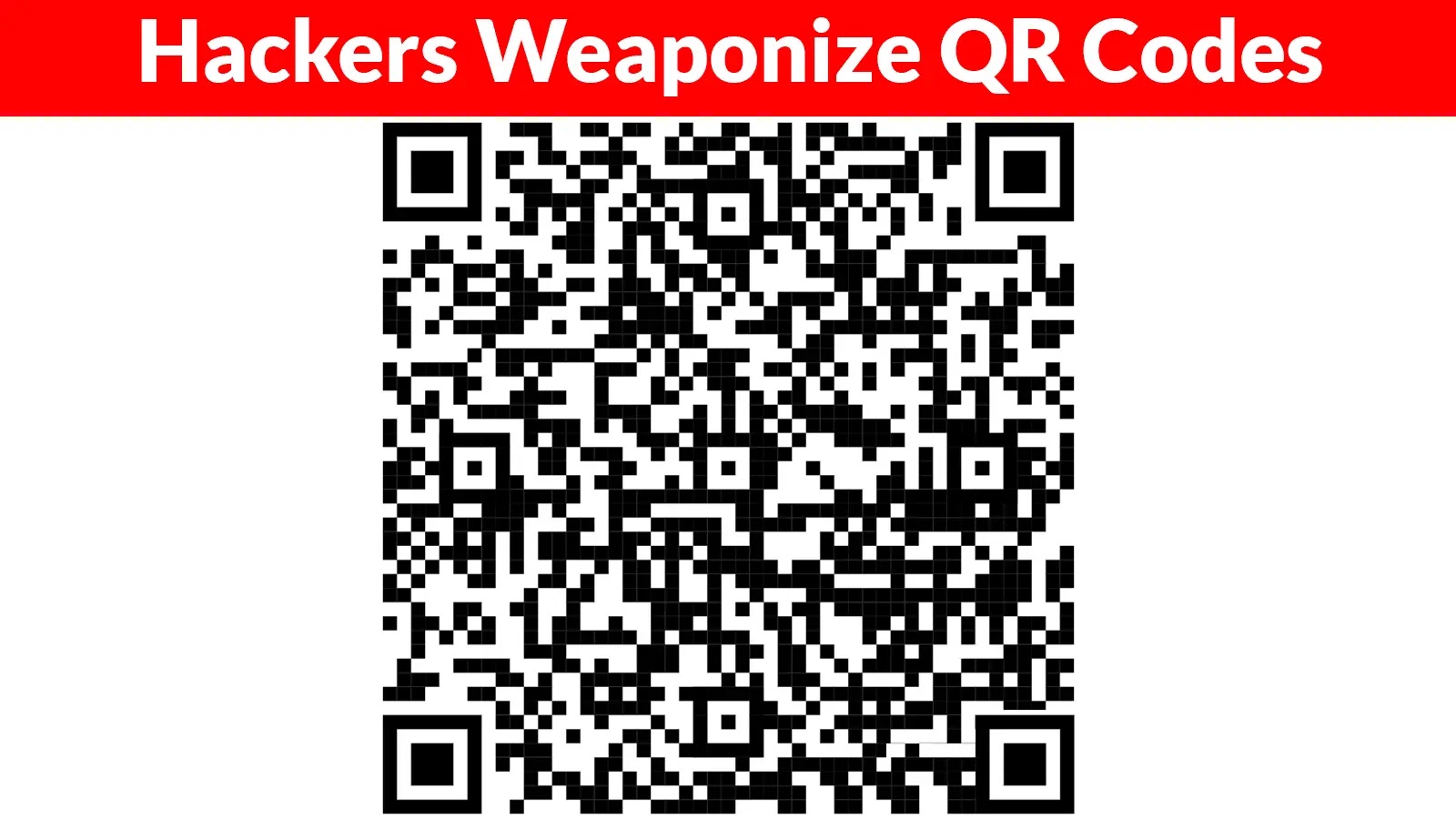A sophisticated cyber campaign has emerged, targeting Russian-language users through a network of compromised npm packages. Threat actors have weaponized at least 28 new packages, encompassing nearly 2,000 versions of malicious code, to execute politically motivated attacks.
Scope and Impact
This campaign signifies a significant escalation in supply chain attacks, leveraging JavaScript package repositories to distribute malware that disrupts user interactions on Russian and Belarusian websites. The malware operates through a complex conditional framework, specifically targeting users with Russian browser language settings who visit domains with .ru, .by, .su, and .рф extensions.
Upon meeting these criteria, the protestware disables all mouse-based interactions on affected websites and plays the Ukrainian national anthem on loop, effectively rendering the sites unusable for the targeted demographic.
Distribution Mechanism
Analysts have identified the widespread distribution of this protestware across multiple npm packages, tracing its origins to the popular SweetAlert2 library, which boasts over 700,000 weekly downloads. The research team discovered that the malicious code has propagated through unintentional supply chain contamination, with developers unknowingly copying infected code from SweetAlert2 into their own packages without proper disclosure.
The campaign’s reach extends far beyond its initial vector, with affected packages ranging from UI component libraries to specialized development tools. Many packages contain over 100,000 lines of code, with the malicious payload strategically buried deep within the codebase to avoid detection during routine code reviews.
Technical Implementation and Persistence Mechanisms
The protestware employs sophisticated persistence tactics to ensure long-term impact while avoiding immediate detection. The malware utilizes browser localStorage to track user visits, implementing a three-day delay mechanism before payload activation. This approach allows the malware to establish persistence without triggering immediate suspicion from users or automated security systems.
The core implementation relies on a multi-layered conditional check beginning with browser environment detection using `typeof window !== ‘undefined’`, followed by language detection through `/^ru\b/.test(navigator.language)`, and domain verification via `location.host.match()` for targeted domains.
Once conditions are satisfied and the three-day timer expires, the malware executes its payload by setting `document.body.style.pointerEvents = ‘none’` to disable interactions while creating an audio element that loads the Ukrainian national anthem from an external server.
The persistence mechanism stores an initiation timestamp in localStorage using the key ‘swal-initiation’, calculating elapsed time since the first visit to determine payload activation, ensuring repeat users experience the full protestware impact while minimizing collateral damage to casual visitors.
Broader Context
This incident is part of a growing trend where threat actors exploit open-source ecosystems to distribute malicious code. By leveraging trusted platforms like npm, attackers can infiltrate the software supply chain, affecting a wide range of applications and users. Such attacks underscore the importance of vigilance in dependency management and the need for robust security practices among developers.
Recommendations for Developers
To mitigate the risks associated with such supply chain attacks, developers are advised to:
– Audit Dependencies: Regularly review and audit all third-party packages and their updates for any signs of malicious code.
– Implement Lockfiles: Use lockfiles to ensure that only verified versions of dependencies are installed, preventing unauthorized updates.
– Monitor for Suspicious Activity: Stay informed about known vulnerabilities and malicious packages by subscribing to security advisories and using automated tools to detect anomalies.
– Isolate Build Environments: Maintain separate environments for development and production to limit the potential impact of compromised packages.
By adopting these practices, developers can enhance the security of their applications and protect users from the consequences of supply chain attacks.



